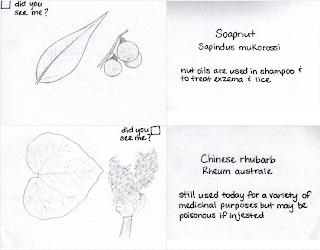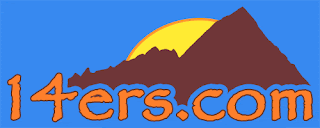 |
| Butterflies stick to the wall of the Kathmandu domestic terminal men's room |
Preparing for our first day of trekking, Amy informed us that our trusty Sherpa guides knew lots of decent "facilities" at various lodges along the trail. Hence, we visited them, out of need. Faster than you can zip up your hiking shorts, Heather, Tiffany, Tanya and Eisha created a 0 to 10 rating system for these so-called "facilities", with 10 being the porcelain-standard, the Hotel Shangri-La in KTM. Many of the outhouses along the way were not much more that a couple walls built around a hole in a floor. If we were lucky, there was a pile of leaves which we could, feline-like, kick into the hole before leaving. Such "facilities" rated a 1 or 2 score, odor being the weightiest factor in the ratings. Within a forty-eight hours, that 0 to 10 scale was adjusted down to a -5 to 5 scale; we could not bring ourselves to assign a positive number to some of the untoilets we visited.
Everywhere we traveled, beginning in Lukla, we were subjected to a strange new rule: No flushing the toilet paper! Due to the cold and altitude, toilet paper would not decompose if flushed, so we had to a) use it sparingly and b) dispose of used paper in a trash can. We tried to take some comfort in the bottles of Purell hand sanitizer (Kills 99.99% of germs!) that we were rapidly exhausting. We also had to carry our own toilet paper with us on the trail; the going price at shops along the trail was 200 Rupees (about $2.00) per precious commodity.
 |
| Sign on the Zamling Guest House bathroom: "PLEASE DO NOT WASH YOUR FEET IN THE TOILET." That's one sign you can't unread. |
Also at Zamling, we had private bathrooms in each guest room (see the below picture).
 |
| The bathroom in the guest room at Zamling Guest House, Namche Bazar. Take a shower and clean the toilet at the same time! |
When I recounted our day in Namche Bazar in my last blog post, I intentionally saved one anecdote for this post. While at the museum, one of the members of our group, Alain, visited the rural Nepalese "facilities". Walking from the brightness of day into the dark, unlit bathroom, Alain should have suffered a fate no worse than banging a shin on an unseen toilet. Unfortunately for Alain, there was no such fixture, only a hole in the floor—this bathroom was another well-known but always disappointing "squatter". Hence, his entire left foot went right in... quickly followed by his knee and his thigh. There was nothing for Alain to grab onto to halt that descent into that-which-must-not-be-named. He came out with that-which-must-not-be-named smeared from his boot up to his hip.
 |
| Alain puts his foot in in it. |
The Khumbu continued to surprise us. Two days later found us at Tengboche, on top of a ridge 1,800' above the river. There, just outside the Hymalayan lodge, were a few of the now-familiar outhouses, but with a difference: this one had the best view I've ever experienced from an outhouse!
 |
| [Bath]room with a view, from an outhouse at Tengboche, elevation 12,700'. |
A few days later, we were hiking closer to Everest Base Camp, trekking with the Khumbu glacier, on our right and the glacial moriane on our left. Being one of our longer hiking days, we were pretty far from "civilization" (several hundred miles, some might claim). Heather, who lives in Florida, delighted in her first time peeing in the snow.
 |
| Looking back on where Heather and the rest of us made our mark on the Khumbu. |
There are other experiences and tales to tell, but I'll regale you with but one more anectode. We were nearing completion of our trek, lodging in Monju the night before we were to return to Lukla. One would think that I'd learned trail bathroom etiquette by now, but with a pressing need, I went downstairs looking for the facilities. I found the doors, which looked unoccupied, and pushed the door open, only to surprise Tom O. who was, shall I say, very much occupied. Sadly for Tom, these doors did not latch. Although the proprietors had provided convenient two-by-fours to wedge against the door to keep it closed, they did not work nearly so well as one would hope. So when I pushed on the door, that two-by-four that Tom had propped up against the door lost the will to remain in place and instead flew back and smacked Tom on the head. And thusly I got my most memorable lesson in cursing, which had the unintended consequence of slowing my retreat. I did retreat, back up to the lodge room. When Tom returned, he graciously apologized for his blue-nearing-on-untraviolet-streak of cursing/yelling. I told him he had no need to apologize, that it was clearly my fault. Like Alain, we were able to laugh about this later.
I knew this expedition would create many unpredictable memories. I'm extremely grateful for all of these memories. Since odors are strong triggers for human recollection, I'm sure I'll be reminded of the more odoriferous experiences. With luck, those triggers—but not the memories themselves—will be few and far between.


















